Flexible Ducting
Explore Our Range of Complementary Products for Enhanced HVAC Solutions
Insights on Airflow Solutions
Explore the latest trends in HVAC accessories.
Product FAQs
Find answers to common installation questions for our Rigid Ducting & Air Distribution products.
Flexible ducting connects HVAC units to supply outlets and return air grilles, allowing airflow through tight ceiling and roof spaces where rigid ducting is impractical. It is commonly used in both residential and commercial systems.
Flexible ducts offer versatility but depend heavily on correct installation. Excessive bends, kinks, or sagging can reduce airflow efficiency compared to rigid ducts. When installed to AS 4254 standards with minimal bends and proper support, performance is comparable.
Insulated flexible ducts are available in R-values typically ranging from R0.6 to R2.0, with higher ratings available on request. Higher R-values improve thermal efficiency and reduce energy loss.
The correct size depends on airflow requirements for each room. Common diameters range from 100 mm (4″) to 600 mm (24″). Runs should be kept as short and straight as possible; oversized ducts may be required if longer runs or multiple bends are unavoidable.
AS 4254.1 (Australia/New Zealand) combines performance, insulation, and fire safety requirements. EN 13180 (Europe) focuses on airtightness and pressure class, while BS 476 (UK) relates to fire spread testing. UL 181 (North America) sets construction and flame spread standards. Compliance should always align with local regulations.
Quality flexible ducts typically last 10–20 years. Lifespan can be shortened by UV exposure, moisture, pests, or physical damage. Periodic inspection helps ensure ducts remain in good condition.
Yes. Insulated flexible ducts are suitable for both heating and cooling systems. Insulation maintains temperature consistency and reduces energy losses across all seasons.
Flexible ducts are not generally cleaned internally like rigid ducts. If contamination such as mould or heavy dust occurs, replacement is recommended. Regular inspection and sealing of connections help extend service life.
Discover Our Premium Products
Explore our extensive range of HVAC accessories and become a trusted distributor today.


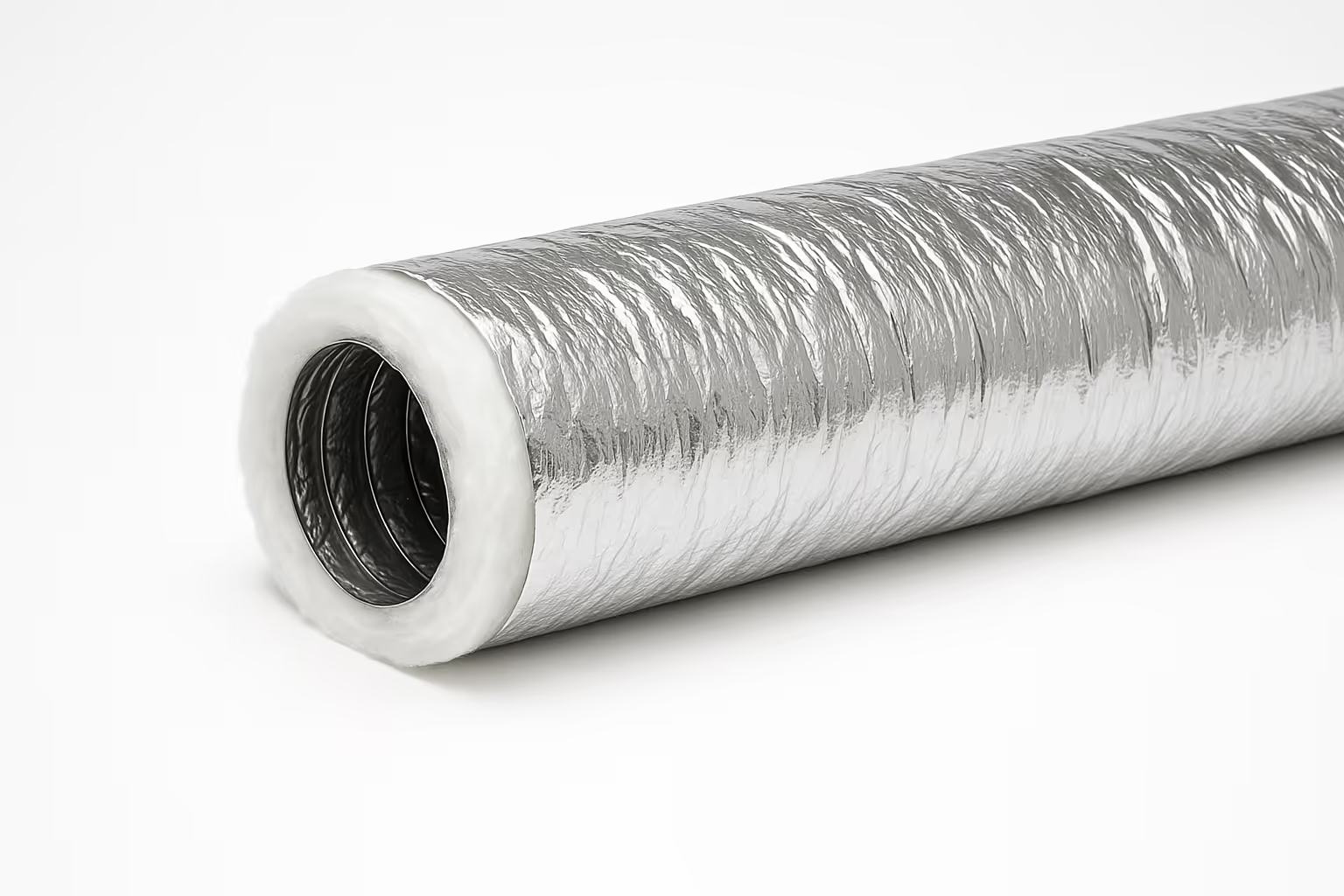
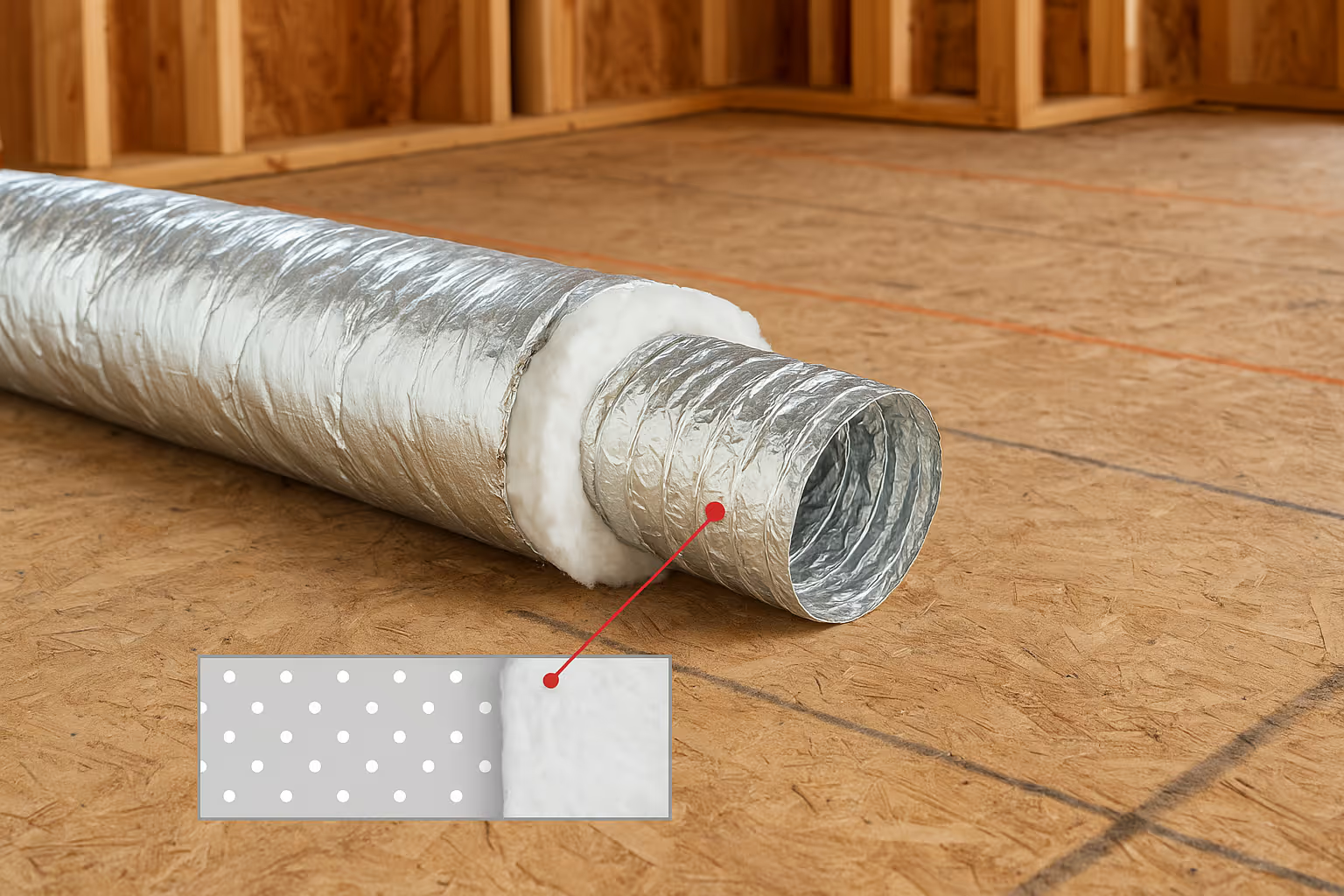

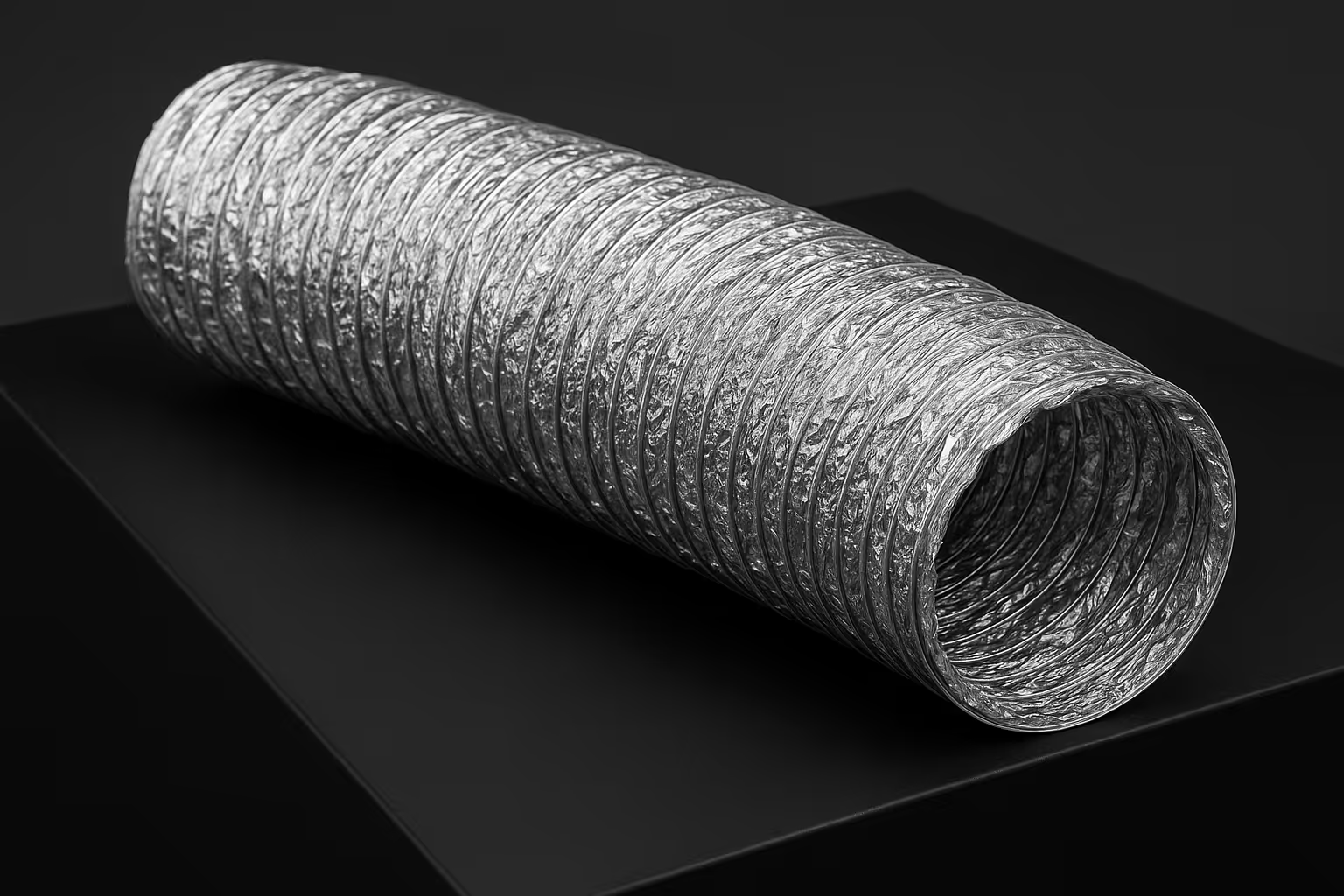
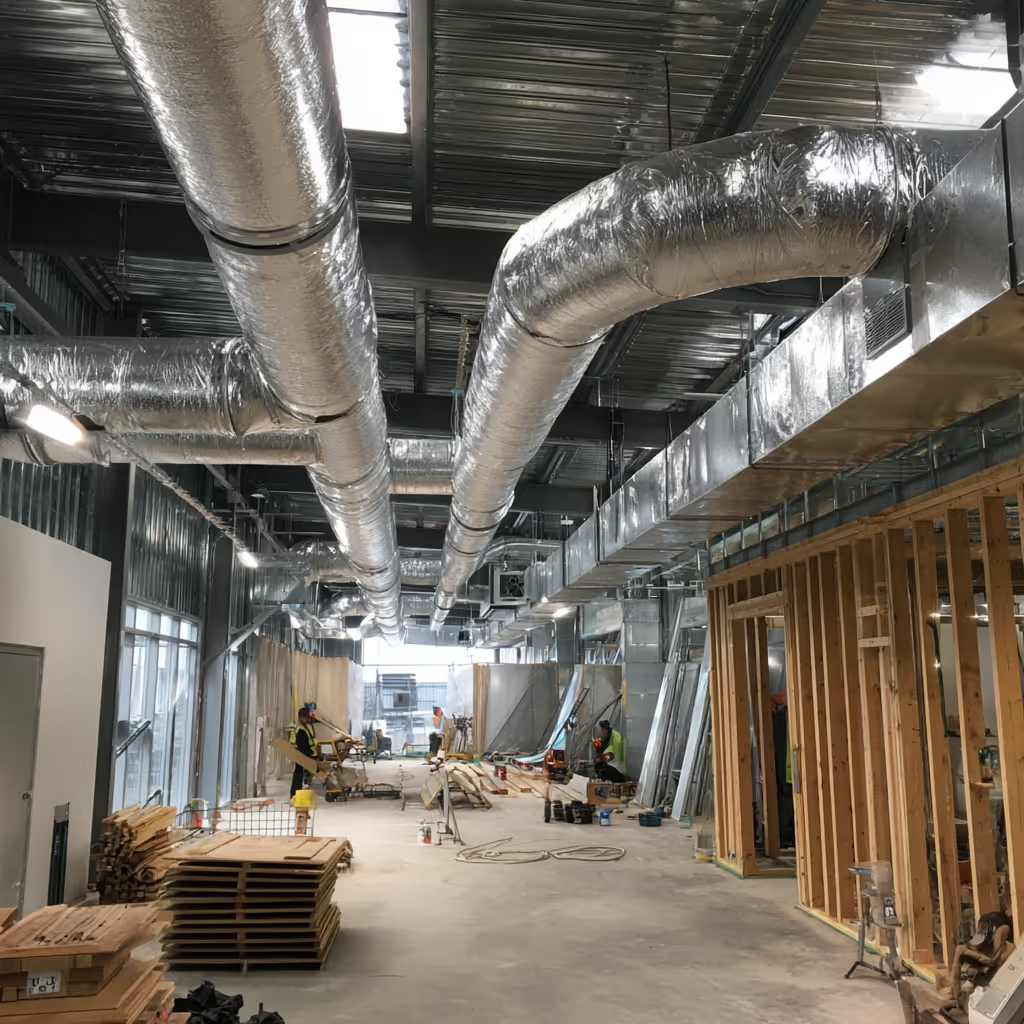
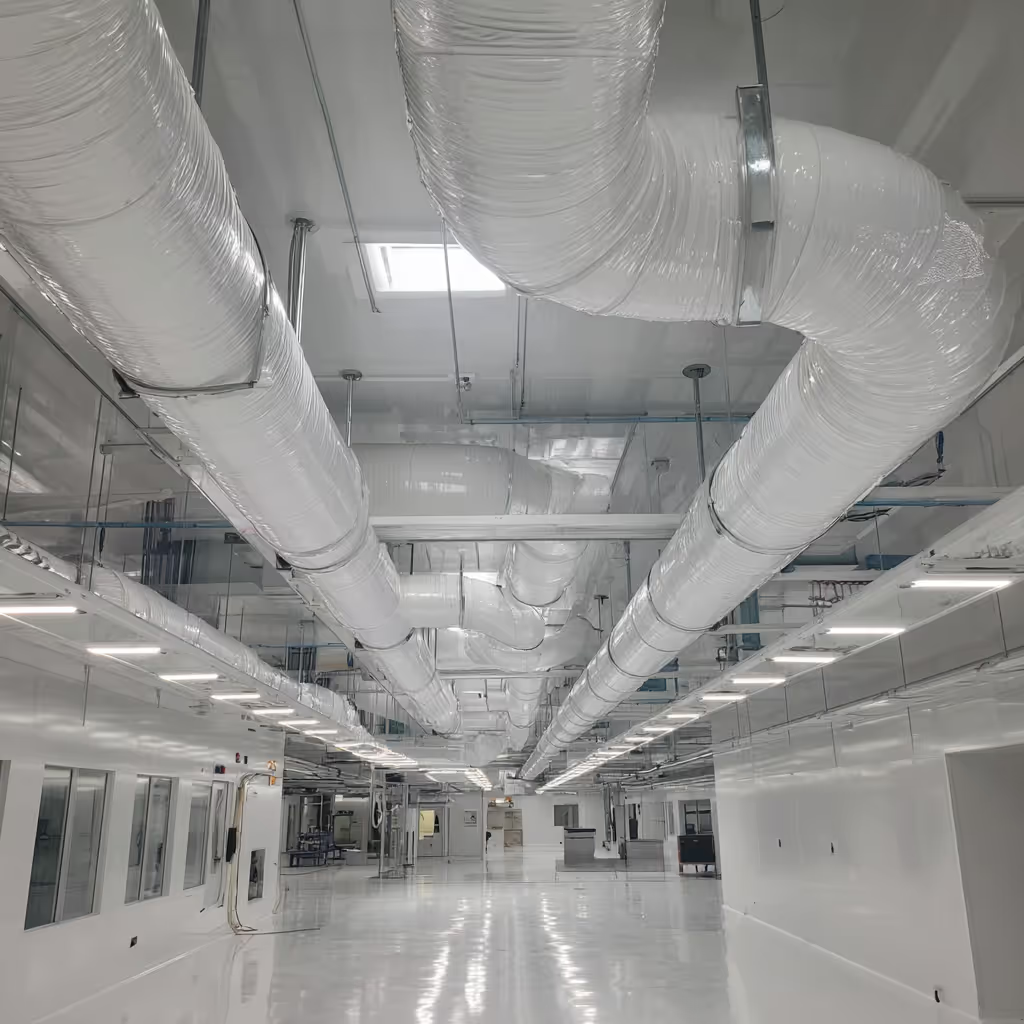
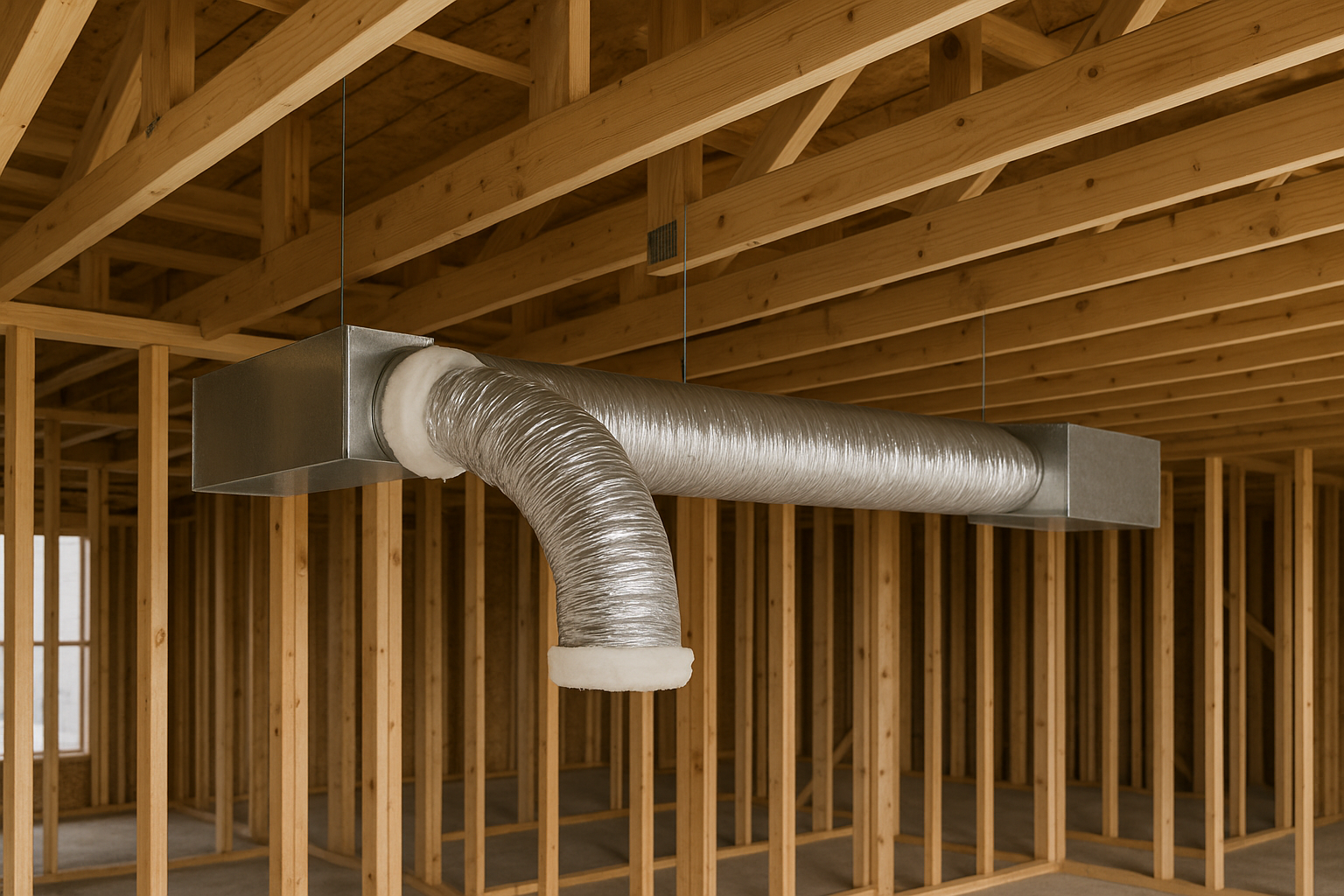

.svg)
